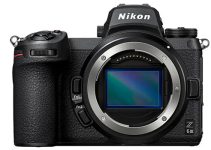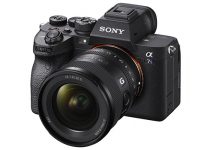In a little over a year, Canon has released 3 professional cinema cameras that are uniquely positioned in an already complex and crowded camera market. The C500 II (released September 2019), the C300 III (released April 2020), and the C70 (released November 2020) are fantastic all-in-one cameras that offer a similar look, similar quality, and a lot of the same features.
Where these cameras differ is the operators they were created to support, the productions that would film with them, and ultimately their price points.
Canon has a history of intentionally holding back on features on their lower-end cameras to protect their more expensive, profit-making, high-end lines. They’ve thrown a lot of features into the C70, but let’s look at some of the ways Canon has manipulated their offerings to attempt to drive customers to the next level.
Personally speaking, I’m a little torn with Canon and I have been for some time. I absolutely love their cameras for their color, design, build quality, features, and simplicity. Every camera they make is fantastic, but…
Their goal is to make and sell as many cameras as possible and they do a fantastic job of that too.
The issue I take with them is purely centered around their marketing logic. Their lower-end models are clearly capable of everything that their high-end cameras can do but they constrain them with firmware or (in the case of the EOS R5) build them with substandard components to ensure they are limited.
If you need further proof of that, just look into how MagicLantern discovered that the 5D Mark III was capable of shooting uncompressed raw video, or how the Canon C200 was never given the ability to film in 10-bit despite being capable of shooting in 12-bit raw!
When they’re called out, their reasoning never makes much sense beyond the fact that they just want to make more money. I understand that, but I don’t like it and it always leaves me questioning which one I should buy – or if I should buy one at all.
Lets look at the contrasting features of the C70, C300 III, and C500 II.
C70 Key Features
- Super35 Dual Gain Output (DGO) Sensor
- 4K 120p, 2K Crop 180p HDR Capture
- Canon Log 2, 3, PQ & HLG Recording
- RF Lens Mount / EF Mount with Adapter
- DIG!C DV7 Image Processor
- 16+ Stops of Total Dynamic Range
- Built-In ND Filters / Auto ISO & Gain
- Dual Pixel CMOS AF & EOS iTR AF X
- 1 BNC Timecode / 2 Mini-XLR Audio Inputs
- Dual SD Card Slots, LUT/Long GOP Support
- Price: $5,499.00
C300 III Key Features
- Super 35mm Dual Gain Output (DGO) Sensor
- 4K 120p, 2K Crop 180p HDR
- Cinema RAW Light and XF-AVC H.264 Codec
- EF Lens Mount, DIG!C DV7 Image Processor
- Dual Pixel CMOS AF and Face Detection
- 12G-SDI and 4-Channel Audio Recording
- 2 x CFexpress Slots, Canon Log2 and 3
- Electronic Image Stabilization
- Proxy Recording, Anamorphic Lens Support
- Price: $10,999.00
C500 II Key Features
- Full-Frame CMOS Sensor, DIG!C DV 7 Chip
- Full-Frame, Super 35, and Super 16 Modes
- 5.9K Raw, DCI 4K/2K, UHD 4K, and HD Modes
- Dual Pixel CMOS AF
- Internal Canon RAW Light Recording
- Internal XF-AVC Recording
- 2 x CFexpress Card Slots, SD Card Slot
- Canon Log 2 and Log 3 Gamma
- 4-Channel Audio Recording
- Price: $15,999.00
Right off the bat, all 3 of these cameras use the exact same image processor, the DIG!C DV 7. The C300 III and the C70 also share the same, exact sensor – a Super 35mm Dual Gain Output (DGO) Sensor.
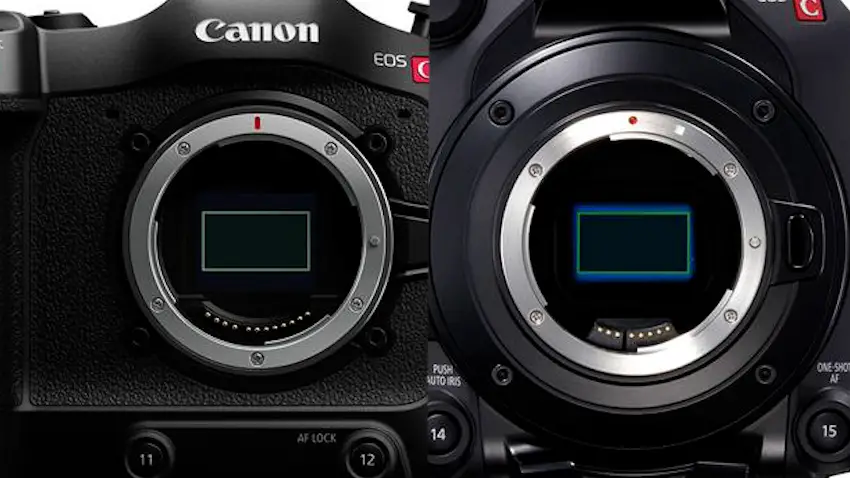
In a previous post that compared the C70 & C300 III, it was nearly impossible to tell the difference between the 10-bit footage from the C70, and the XF-AVC footage from the C300 III. Both of the cameras produced an absolutely stunning image, and the only differences were in their form factor, ability to shoot raw on the C300 III, and their price.
And that’s where things get interesting to me.
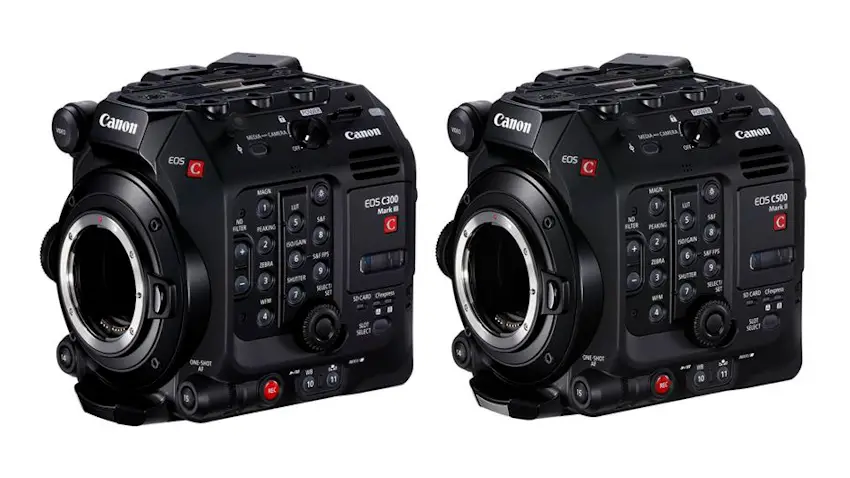
The C70 is priced at $5,499, the C300 III is priced at $10,999, and the C500 II comes in at $15,999. With the same sensor (C70/C300 III), same image processor, and same camera body (C300 III / C500 II), what justification is there for the ~$5,000 disparity from model to model? Marketing.
Canon C70
The Canon C70, which is an absolutely great camera, is designed and priced just at the right level to entice DSLR & Mirrorless shooters who want an upgrade with XLR audio, built-in NDs, and great battery life.
What’s it missing from the C300 III? The ability to shoot raw, and a form factor that is easily shoulder mounted for ENG/Broadcast style shooting.
Canon provided 2 SD card slots and shooters can expect exceptional capture times with relatively low-cost media when shooting with the C70 (a 64GB card can shoot 19 minutes at the highest quality). However, don’t ever expect this camera to capture raw internally at SD card write speeds, or output raw over HDMI.
That’s because it might have stopped shooters with an extra $5,500 from buying the C300 III.
Canon C300 III
Following the success of the 5D Mark II, Canon quickly took center stage in the broadcast and documentary film world with the release of the original C300.
The large sensor, and image quality offered by the original C300 was unparalleled by the whole camera industry at the time, and the C300 III continues on with that excellent legacy.
The C300 III is a workhorse for reality TV and documentary shooters. The fantastic XF-AVC codec shoots beautiful, quality, 4k at up to 120fps, and the Dual Gain Output sensor levels out our images and provides outstanding high dynamic range.
How does this differ from the C70? It is constructed with a design that is much easier to rig than the C70, and it records to CFexpress cards that can handle the throughput required to capture Cinema RAW Light internally.
If you have no intention of ever shooting in raw, there is virtually no reason to pay the extra money for the C300 III, but the form factor is much better for shooting with large heavy lenses. It would be very difficult to film with a heavy lens on the front of a C70 handheld, but on the C300 III you can reposition the handgrip and rig it with counterweights.
Canon C500 II
The C500 II shares all of the same physical characteristics as the C300 III, having been built with the exact same body. Any accessories that you purchase for the C500 II (cages, v-mount plates, grip extensions, rails, etc) will all work perfectly on the C300 III.
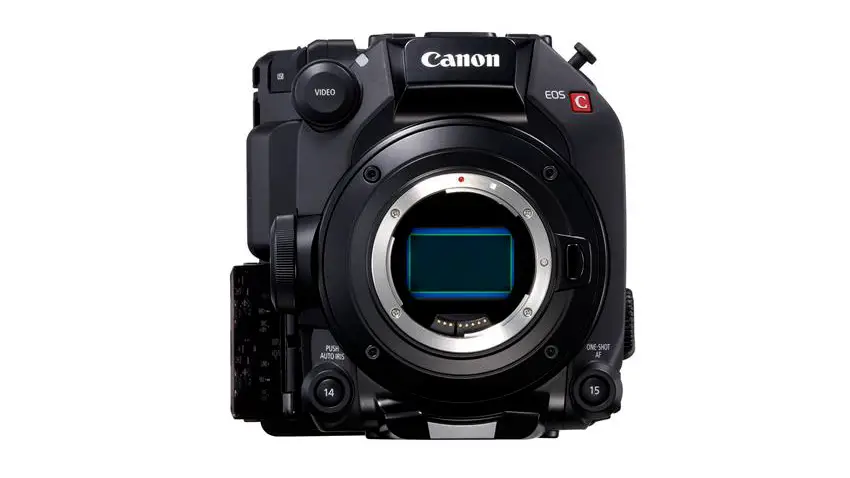
Where do the C300 III and C500 II differ? Their sensors. The Canon C500 II incorporates an older, non-DGO, full frame sensor that can capture raw in 5.9k. It is advertised to have 15 stops of dynamic range (C300 III is claimed to have 16 stops), and can use full frame lenses, or crop to S35 or S16.
The C500 II tops out at 60fps in all modes too, but the C300 III can capture at 120fps in 4k and so can the C70.
The Marketing
Rather than offer us one singularly awesome camera, Canon splits up their models by who will be using them. Ideally, they want the C70 in the hands of the entry level / corporate / event shooters, the C300 III in the hands of the documentary crowd, and the C500 II on the set of a film.
Given that they share so many of the same internal components and their differences are almost entirely created by the marketing teams, I don’t understand the disparity in their price structure and I often feel the better entry-level Canon Cinema camera would be a used Canon C200 for anyone intending to film in raw.
The C70 looks to be an absolutely superb camera, but its direct competition is the Sony FX6, which offers the same low-light performance as the A7S III, uses a full-frame sensor, and outputs in Raw. Sony isn’t holding anything back. Canon could learn a lot from Sony.
[source: B&H Photo Video]
Order Links:
- Canon EOS C70 Cinema Camera (B&H)
- Canon EOS C300 Mark III Cinema Camera (B&H)
- Canon EOS C500 Mark II Cinema Camera (B&H)
Disclaimer: As an Amazon Associate partner and participant in B&H and Adorama Affiliate programmes, we earn a small comission from each purchase made through the affiliate links listed above at no additional cost to you.


